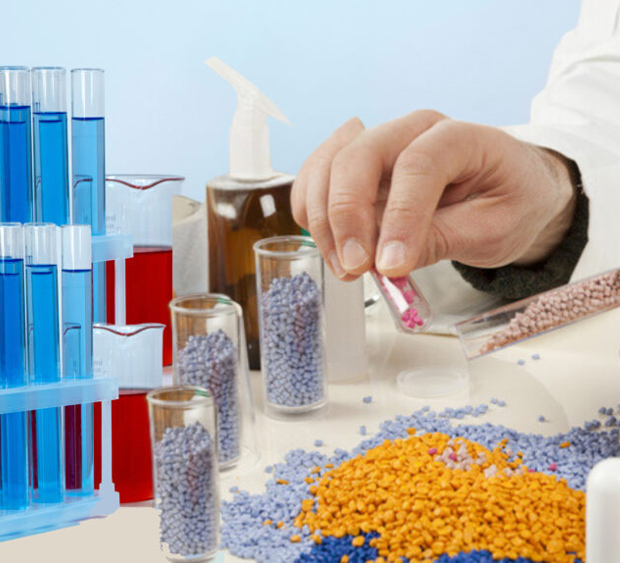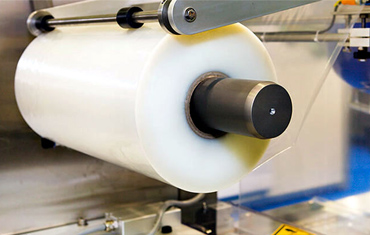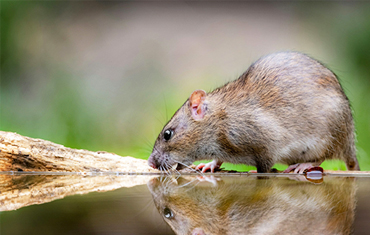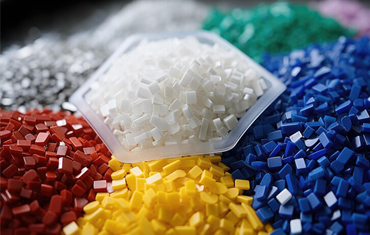Our product
Additives
Additives are chemicals added to plastics to improve their performance, appearance, and processability. They can be used to make plastics more durable, sustainable, and useful.
Types of additives
Fillers: Reduce weight and cost, and make plastics easier to mold and shape. Filler scan also increase heat-deflection and reduce thermal expansion.
Antioxidants: Protect plastics from oxidation.
Anti-fog additives: Improve the transparency and appearance of plastics.
Anti-static agents: Prevent static buildup
Anti-slip additives: Improve slip resistance
Anti-wear additives: Improve wear resistance






